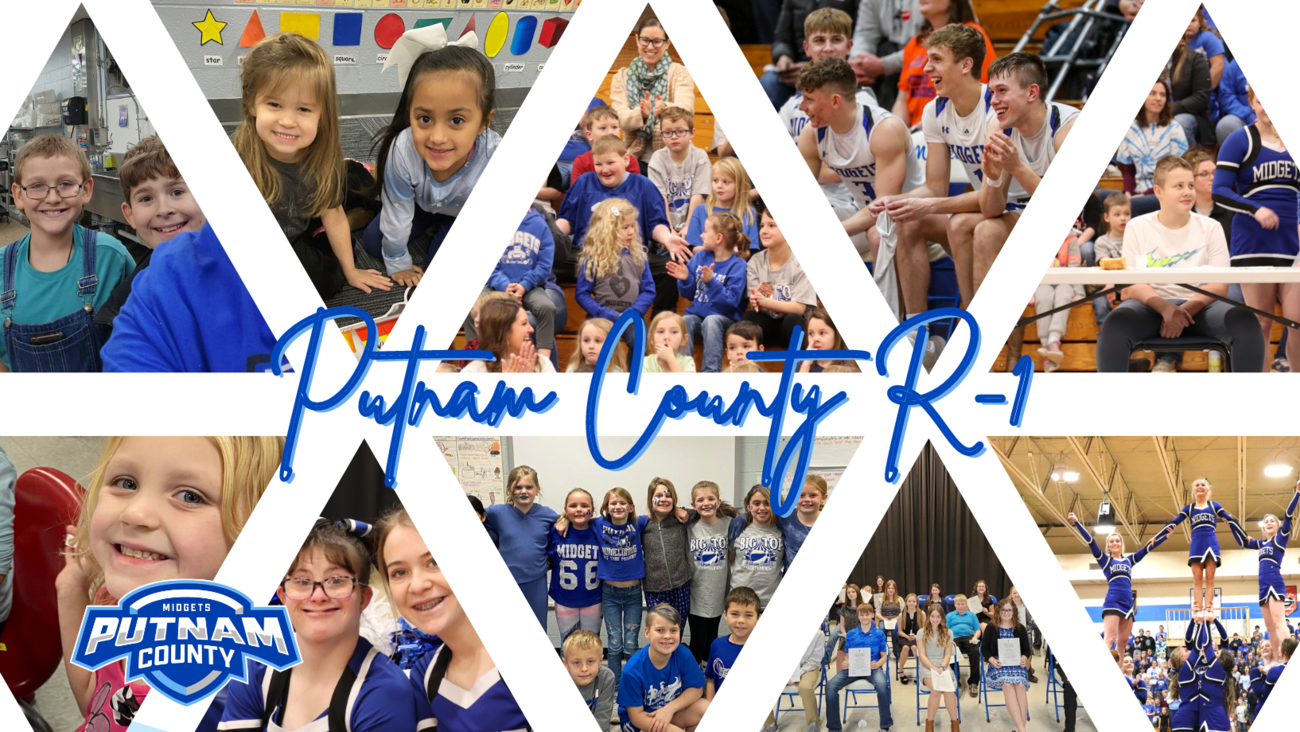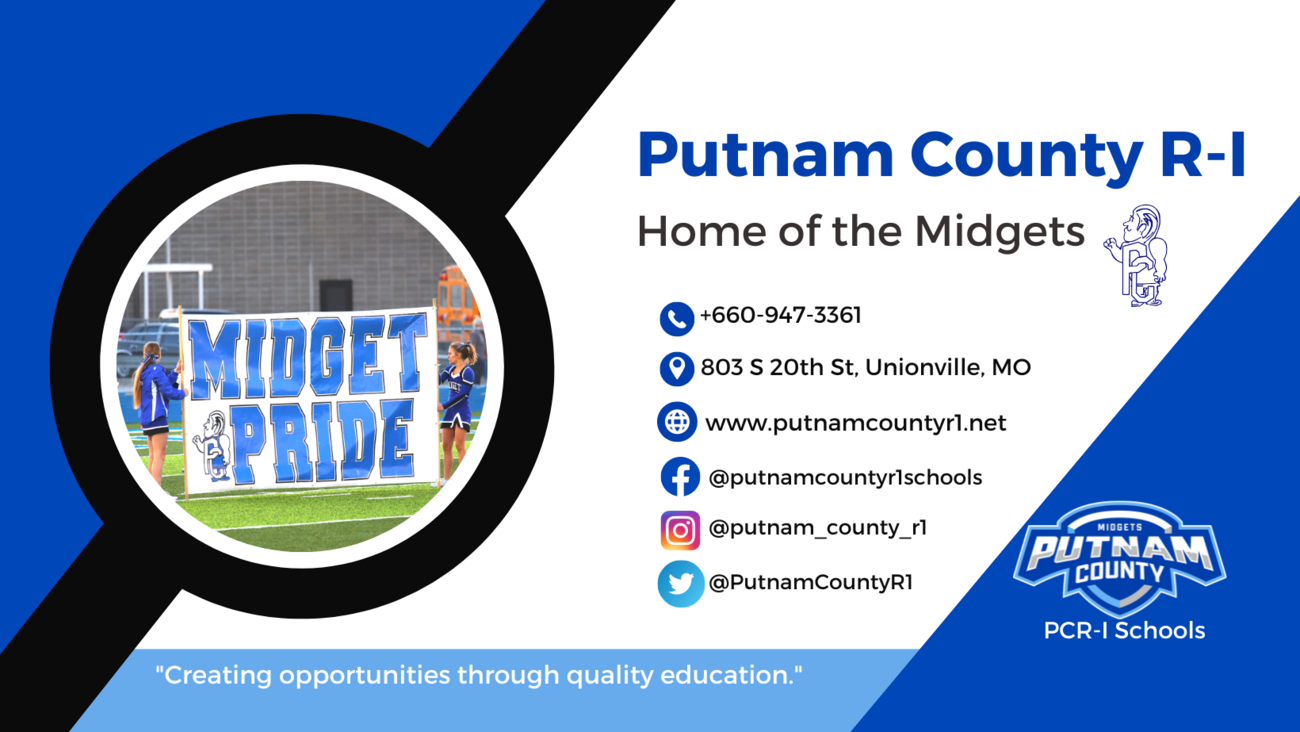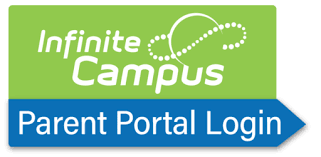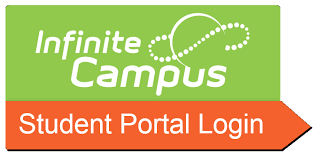Hands-On Learning in Mrs. Bain’s Classroom
Hands-on learning or experiential learning is a great way for students to learn. Students are able to be active and use a variety of their senses. In Mrs. Bain's classroom, students are working to identify letters and numbers in a variety of ways. Learning through doing is a valuable way for all children to learn. Check out this article from The Apple Tree to learn more!
The Benefits of Hands-on Learning for Children
Hands-on learning is the process of learning by actually doing and experiencing something, rather than just being told about it. The term “hands-on” is used because these activities usually involve the physical use of the hands – for example, children might use manipulatives such as counting cubes and sorting objects to understand mathematical concepts, rather than just being taught the theory via books or pencil and paper exercises.
Hands-on learning is particularly important for young children, as this is how they are programmed to learn. Children learn from observing, copying, and experimenting with their hands and body as soon as they are born, and play continues to be the most important way of learning new skills until they reach school age and beyond.
It’s More Fun and Engaging
![]()
Children can develop skills much faster when they’re having fun. For example, teaching the alphabet and basic letter forming skills can quickly become boring for young children with traditional pencil and paper or flashcards.
Instead, allowing them to use a tray of sand or shaving foam to trace out letters with their fingers, or providing play-dough or clay to form the letters is a fun activity that won’t seem difficult or intimidating. Not only is it more enjoyable to learn about letters in this way, children are also more likely to remember how to form the letters better than more traditional literacy exercises.
Allows Learning from Real Experiences
Boring and mundane activities for adults can become fun learning experiences for young children. In their early years, Toddlers love to copy their parents with basic tasks around the house like sweeping and folding clothes, and while their initial attempts may not be exactly helpful, they’ll be learning important physical and behavioral skills to use in later life.
Using actual experiences to learn concepts and skills is much more effective than simply being told about them, as in the proverb: “Tell me, I’ll forget; show me, I’ll remember; involve me, I’ll understand.” If you ever doubt this principle, just think about how many people learn to drive from reading a book!
![]()
Encourages Interaction with Nature
Spending time outdoors engaging with nature and exploring activities such as farming and gardening are wonderful types of hands-on learning for the early years.
Interacting with nature has been proven to be important for people of all ages, aiding optimal physical and mental health. It’s potentially even more important to encourage a love of the outdoors from a young age and encourage natural experimentation and interaction with the world outside the classroom.
Being outside certainly provides more opportunities to run around and burn off steam, which as any carer of young children will know is a necessity to keep them happy and reduce behavioral problems, as well as staying healthy and active.
Allow Exploration of all Five Senses
Anyone with young children will know that mess is inevitable but messy play is not just an inconvenience for adults – in fact, it’s an important way for young children to learn about the world. Activities such as messy and sensory play allow children to make their own discoveries about materials and carry out their own mini-experiments to learn about the world.
Messy play can be a multi-sensory experience, involving sight, touch, smell, sound, and even taste. Engaging multiple senses has been shown to help children learn and remember more effectively.
Exploring different tactile materials such as sand, water, paint, dough, and slime can also be a social activity and can encourage language development as children learn new vocabulary to describe the texture and properties of different materials.
Engage Multiple Areas of the Brain
During early childhood, the brain is developing fast, with the first six years being recognized as a critical period for development. The brain is split into two sides or hemispheres, with each side responsible for different skills, as well as controlling the opposite side of the body.
The right side of the brain, most active during early childhood, is engaged by visual and spatial activities, as well as anything involving creativity and imagination. The more analytical left side that deals with skills like logic and mathematics do not start to develop in most children until the age of 10 or 11.
When multiple activities such as talking, listening, and using the hands are combined, it activates more areas of the brain than a single activity. This helps to aid learning and recollection in the same way that multi-sensory play does.
Builds Fine Motor Skills
Any activity that involves the hands such as cutting, sticking, sorting, molding, or manipulating helps to develop the fine precision that is needed for important real-world tasks like tying shoelaces and writing with a pen.
Hands-on activities help children to strengthen the muscles of the hand, improve accuracy, and learn functional skills that they will use for the rest of their lives.


.png)
.png)
%20(2).png)
%20(1300%20%c3%97%20732%20px).png)
.png)


%20(1).png)





.png)

